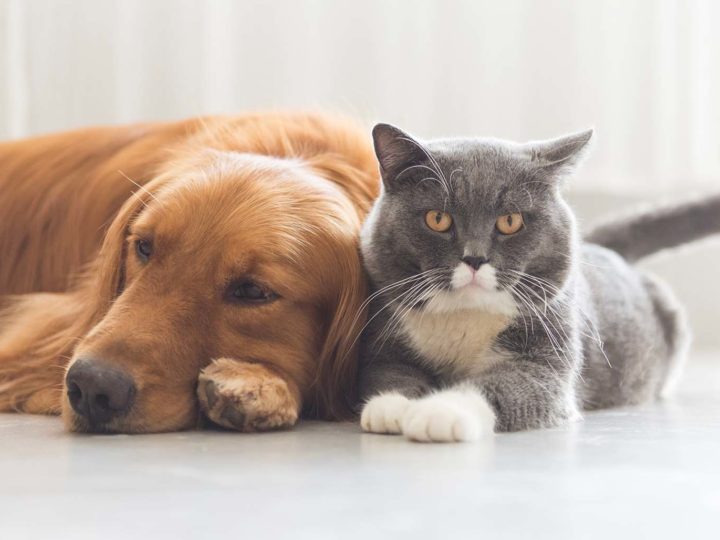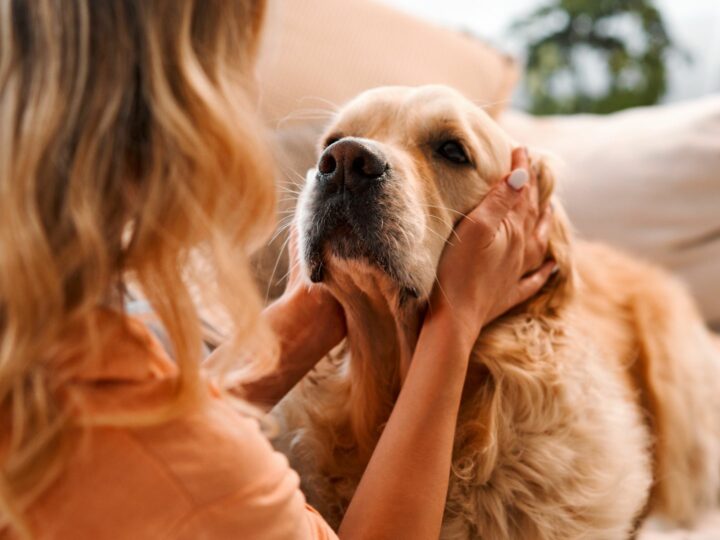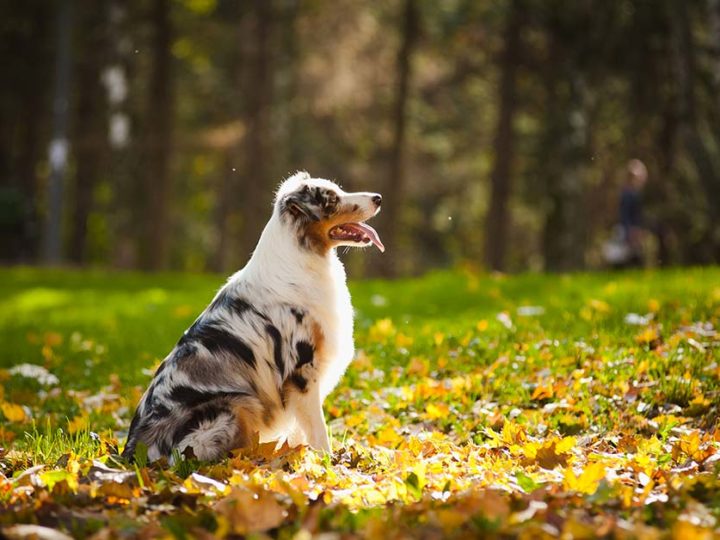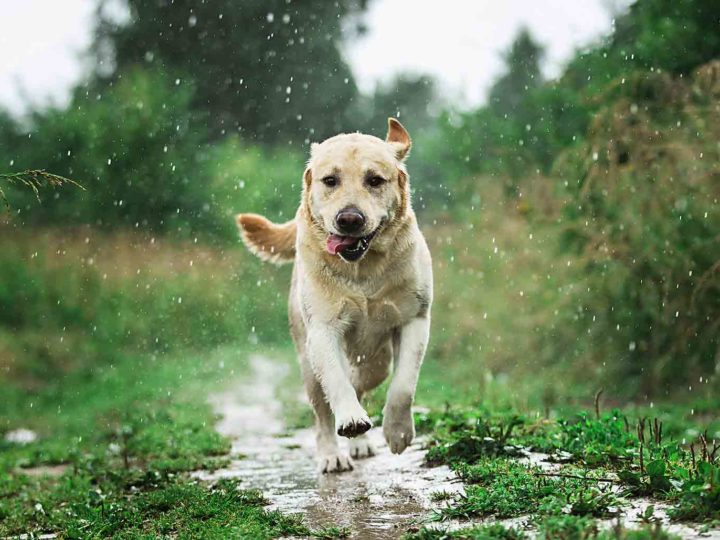- 🐶 “Pfff… But… are you leaving already? When will you be back? Will you come back?”
- How do dogs perceive time?
- Do dogs have a sense of time?
- How do dogs perceive time when we’re away from home?
- The passage of time for dogs and their biological clock
- A dog’s internal clock and memory
- Dogs as the years goes by
- How do dogs remember their past?
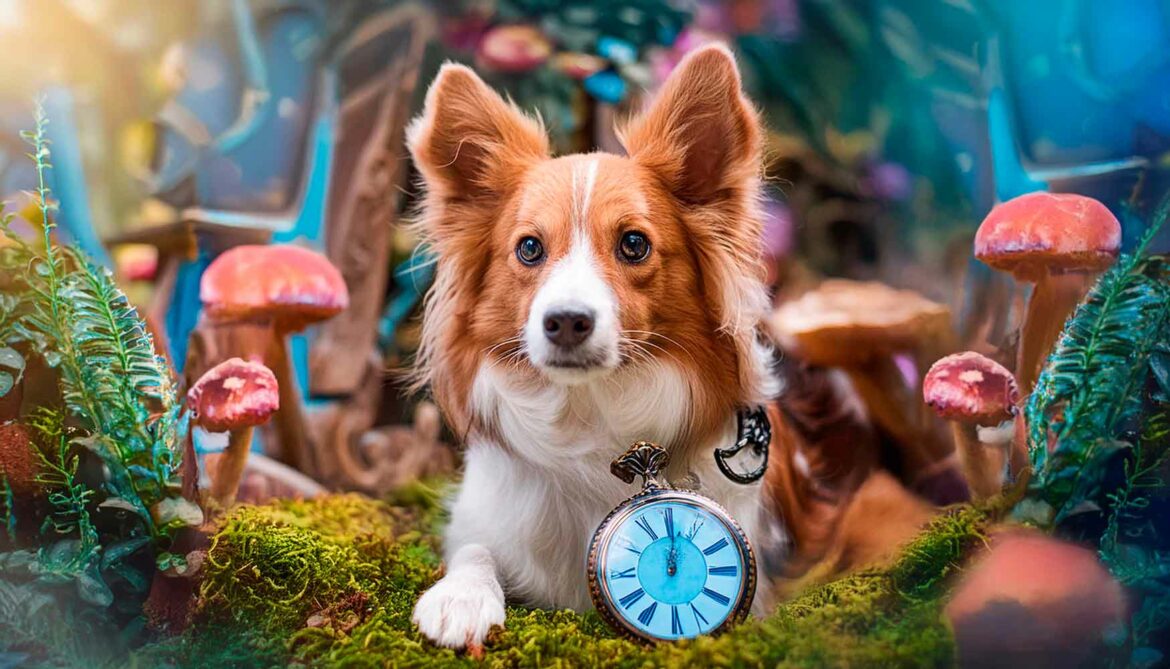
🐶 “Pfff… But… are you leaving already? When will you be back? Will you come back?”
How do dogs perceive time? Past, present, and future in the world of our furry friends
In the book Alice in Wonderland, the protagonist asks the White Rabbit: “How long is forever?” and the White Rabbit replies: “Sometimes, just one second.”
This shows how personal and, at times, special the perception of time can be for us humans.
Yet, time is a physical dimension, a way we perceive and represent events in succession. There’s always a before, a now, and an after, and our lives revolve around these moments—from waking up in the morning to going to bed at night. But how do our four-legged companions perceive time?
Animals naturally don’t have a defined unit of measure for hours or minutes, but they are equipped with refined tools that, in a way, define the passage of time and help them perceive and navigate this dimension.
These are their internal clocks, synchronized according to the environmental stimuli in which they live and regulated by mechanisms such as the circadian rhythm (sleep-wake cycle), hunger, or the need to move or groom themselves.
For our pets, this involves their biological aspect. But what about their ‘sense’ of time? Their ability to perceive its passage?
In other words: What is the perception of time in dogs?
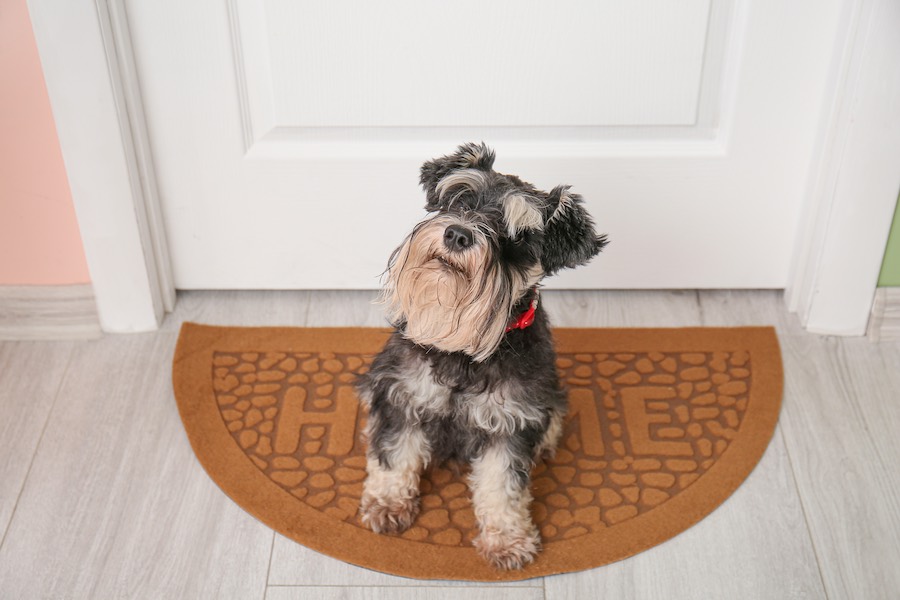
“Where are you going, Mommy? Stay here with me!”
How do dogs perceive time?
It’s morning, we’re getting ready for work, giving our hair a final touch in the hallway mirror, and our furry sweetheart is right there, looking at us with his head tilted, those adorable eyes, and a little face that seems to say: “Are you leaving? Where are you going? How long will you be gone? Are you coming back? And when?”
The most pragmatic answer we can give is: “My dear, I’ll be back soon, you know….”
We know exactly what that ‘soon’ means—it might be 4, 6, or 8 hours, depending on how demanding our workday is. But will those hours feel the same to our dog?
Will they recognize that 4 or more hours have passed since we said goodbye and left the house?
The answer is: no. A dog’s perception of time is very different from ours as humans, because it does not follow the logic of a clock that dictates the ticking of minutes and seconds in our world.
Dogs perceive time primarily through their senses, particularly one sense—their sense of smell, which provides them clues about environmental changes and, consequently, the passage of time.
It’s possible that, in ancient times, humans also relied on sensory factors to navigate the dimension of time. Our sense of smell was attuned to detect potentially dangerous odors, guiding us to make certain choices over others.
Today, humans have largely lost this ability to perceive time through the senses, whereas dogs still rely heavily on it, governing much of their actions.
To understand how dogs perceive time, we need to shift our perspective and abandon the literal clock in favor of an idea of time measured by sensations and experiences.
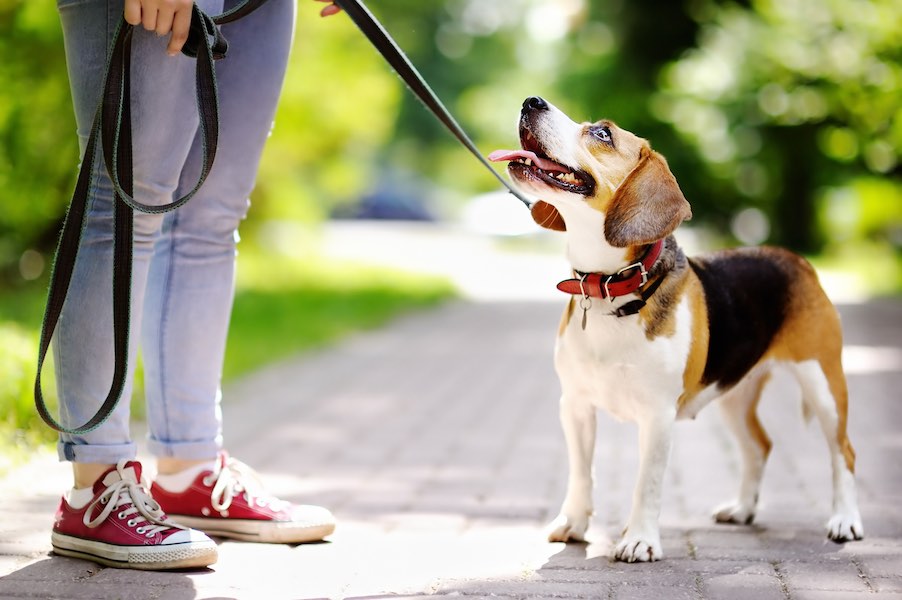
“Ugh… how much time is left? The park isn’t waiting… it will escape!”
How long does time last for dogs?
A comprehensive article on the perception of time in dogs, published by BondVet, offers a very insightful and thoughtful reflection.
If we were to ask the first person we meet on the street how they perceive time, the answer would probably be “It depends.” A long work meeting might feel like it drags on forever, while a coffee break can fly by in a flash. Yet, a minute is always a minute.
To understand how dogs perceive time, we must first let go of our human concept of time (hours, minutes, seconds…) and shift to the realm of experiences.
Imagine being at home with your furry sweetheart, playing and having so much fun. If we were to ask them at that moment how they perceive time, they’d probably tell us that it’s flying by.
Now, imagine you’re out for a walk and almost at the park, but along the way, you meet a friend you haven’t seen in a long time. She starts sharing every detail of her life, and the minutes tick by while your pet waits eagerly to play.
How will they perceive time during this forced pause? Likely as dragging on, since it’s marked by the boredom of sitting still, waiting, while all they want is to trot to the park.
What defines how dogs perceive time is linked to the experience that creates states and emotions. This also happens to us humans, but the key question is: how can we gauge it?
We can understand how our pets perceive time through their behavior. For example, in the case of the friend at the park delaying the walk, your dog will become restless, giving clear signs they want to play, such as pulling on the leash or giving you pleading looks.
But as we mentioned earlier, there’s something more primordial that dictates the perception of time in dogs: their sense of smell.
Do dogs have a sense of time?
Dogs perceive time through their sense of smell; for them, every day has a distinct scent. This concept is beautifully explained by researcher Alexandra Horowitz in her book “Being a Dog: Following the Dog Into a World of Smell” (Sonda, 2018).
A passage from the book is particularly poetic:
“The past is under their paws; the scents of yesterday are embedded in the ground. Brought by the first morning breeze or left behind by nocturnal creatures, the message lies right at the doorstep, alongside the folded newspaper. The smell of the future drifts from around the corner, reaching the dog’s nose before it meets our eyes. For them, it’s like a rubber band, pulling a bit of the past and a bit of the future into the present.”
The Dog Cognition Lab at Barnard College in New York City, directed by Dr. Horowitz, is dedicated to studying canine behavior and cognition.
The study titled How Do Dogs “See” with their Noses explains how dogs can smell time—both the past and the future.
How does it work?
Our furry friends can perceive the past through scent residues left by people and objects and anticipate the future by detecting approaching odors.
This naturally leads to the question: how do dogs perceive time when they’re alone? What is their sense of passing minutes while we’re at work or out of the house?
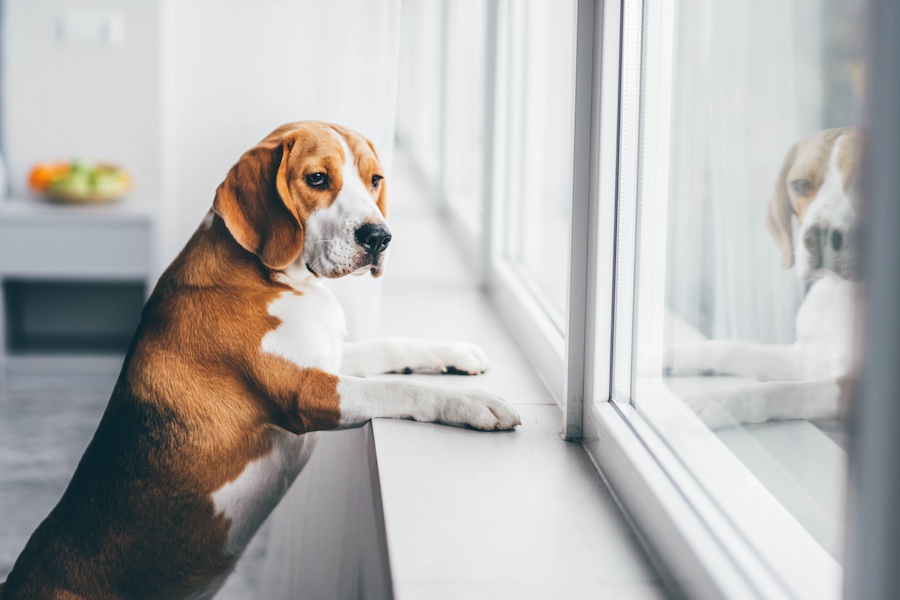
“How much time is left until my best friend comes home?”
How do dogs perceive time when we’re away from home?
To logically answer this question, it’s essential to emphasize that our furry friends’ sense of time isn’t marked by the ticking of a clock but by their internal biological mechanisms.
If we free ourselves from the human concept of time as we know it and think of it in terms of past and future scents linked to past and future experiences, we return to a more primordial and natural idea of time perception—one guided by the senses, in this case, the sense of smell.
We need to shift our perspective to that of dogs, where time isn’t measured in minutes but in scents. These scents determine how much time has passed since a certain event (the past) and how much will pass before the next (the future).
How long does time last for dogs when we’re not with them?
In terms of the present, dogs experience time as fluid, much like we humans do.
Right now, as humans, we might mentally travel back to our childhood or envision ourselves in old age. We can exist in the past or the future while remaining physically in the present.
Dogs do this too, as we’ve seen with their sense of smell. This provides the answer to the question of how dogs perceive time, even when we’re not by their side.
This concept ties into a topic that’s important to us humans as well: the quality of time.
“Oops, I think I made a big mess…”
How do dogs spend their time when left home alone?
There’s no one-size-fits-all answer to this, as much depends on the dog’s personality, nature, and the environment they live in.
There are some common behaviors that dogs exhibit when home alone include sleeping, keeping watch, licking their coat, or barking.
Unfortunately, some pets struggle greatly with being left alone, and they express it through constant barking or behaviors triggered by anxiety, such as causing damage at home, signs of severe stress. We discuss this in-depth in another article.
If this happens, it’s crucial to seek advice from a veterinarian specialized in animal behavior to solve the situation.
“I’m feeling happy… they’re coming home!”
Do dogs miss us?
Yes, dogs miss us, and they express it through behaviors that can be very different from one another.
For instance, with puppies, it’s important to note that they should never be left alone for too long to avoid triggering emotions that are difficult to manage, such as a sense of abandonment.
However, as adults, we must face the reality of work taking us out of the house—a necessity for our livelihood as well as for the well-being of our furry friends.
Every situation is unique, but we should remember that a dog left alone for extended periods can experience a range of emotions, from boredom to sadness, as discussed in this article about animal emotions.
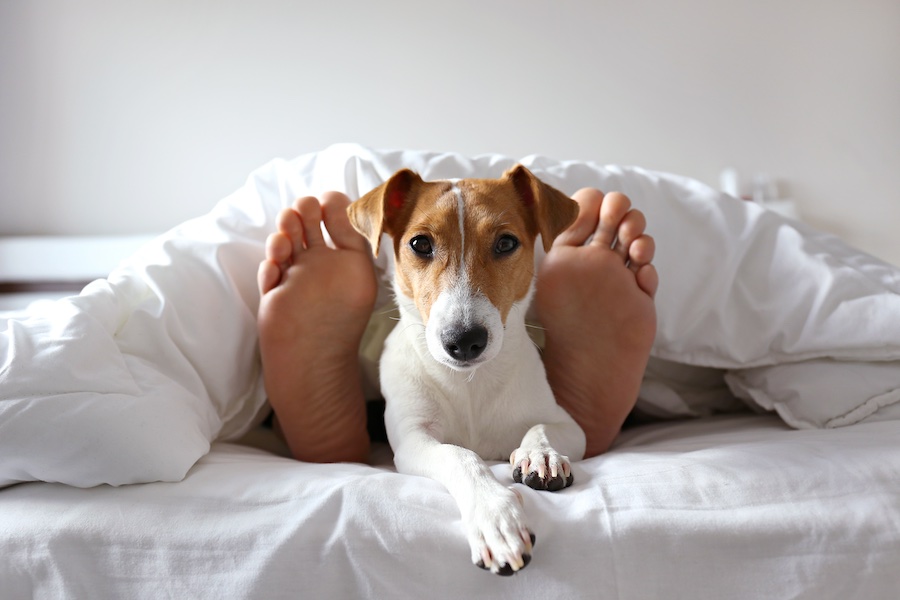
“No doubt about it, I slept wonderfully last night!”
If dogs sleep all day while we’re out, will they sleep at night?
Many people wonder if dogs that rest a lot during the day will also sleep at night. On average, a dog sleeps about 14 hours a day, though this depends on their breed, age, and environment.
From a neuro-cognitive perspective, a dog’s sleep cycle is divided into two phases: slow-wave sleep (paradoxical sleep) and REM sleep.
During paradoxical sleep, dogs relax their muscles and breathe slowly and deeply, while in REM sleep, they may display more restlessness and tension. This fragmented sleep phase is when pets might make strange noises, like barking or whimpering.
These days, however, dogs’ sleep cycles often align with the humans they live with, making them essentially diurnal and nocturnal.
Their daytime sleep is fragmented, but dogs manage interruptions well, whether they’re caused by outside noises, indoor activity, or other animals in the home.
At night, dogs tend to sleep more deeply, though they maintain the ability to switch quickly between wakefulness and sleep.
So, if your dog rests during the day while you’re away, they’ll likely sleep just as well at night, albeit in a more profound and peaceful state, reassured by the knowledge that you’re nearby.
But there’s more: dogs have something innate, closely tied to their perception of time, which governs their actions from a biological perspective.

“Is it dinner time yet?”
The passage of time for dogs and their biological clock
If we were to imagine ourselves locked in a dark room, after a few hours, we would likely lose track of time and no longer know exactly what time it is. Eventually, however, our biological clock might kick in.
How? For example, we might feel hungry or sleepy. Then we would eat and rest, and everything could start again: we would feel hungry and sleepy, eat and sleep, wake up and repeat… all without knowing the exact time and, over time, losing the ability to understand how many days had passed.
Does the same thing happen to our furry friends?
What is a dog’s biorhythm?
The biorhythm is a natural cycle that regulates the changes occurring in the body’s functions. An example is the circadian rhythm, which governs the sleep-wake cycle and lasts 24 hours.
Dogs, like all animals, have internal clocks synchronized with stimuli from their environment. These internal mechanisms are essential to their health, as they influence functions such as metabolism, temperature, blood pressure, and heartbeat.
To understand how dogs perceive time, it’s important to also consider what we call their biological clock.
Dogs are attuned to their body’s rhythms, which tell them when to wake up, sleep, and eat. Some studies suggest that dogs can understand how much time has passed based on their last experience—for example, noticing an empty bowl.
This brings us into the realm of memory, which is closely intertwined with how dogs perceive time.
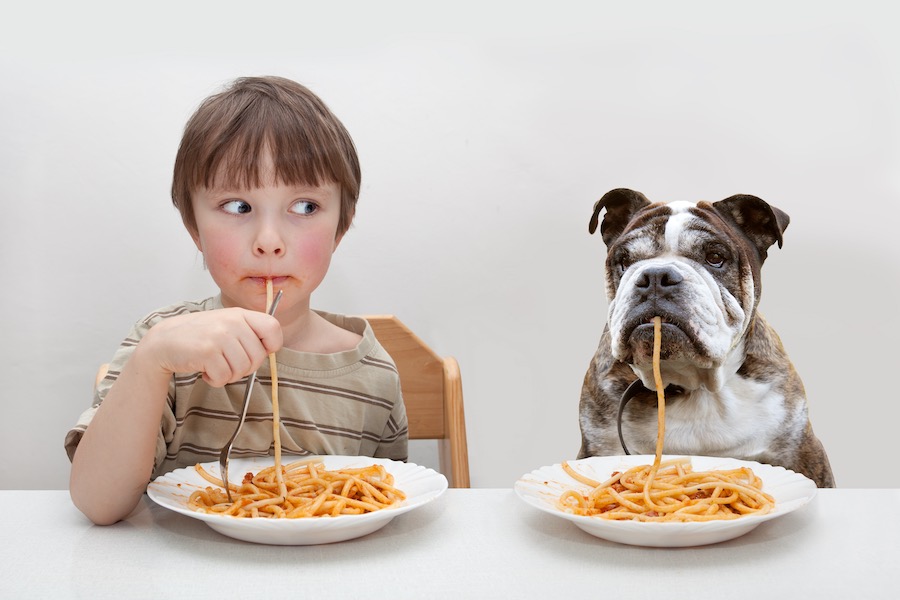
“When I eat with my little human, time flies!”
A dog’s internal clock and memory
As we’ve seen, dogs have an internal clock that helps them distinguish day from night and know when it’s time to eat or take care of their needs. Naturally, this clock is influenced by external stimuli, such as sleep, hunger, needs, and the need for physical activity.
We have evidence suggesting that dogs understand day and night based on their behavior. However, it’s important to remember that they live with us and therefore adapt to our rhythms.
Can dogs distinguish between a long or short absence of their pet mate?
Summarizing the information we’ve covered so far, we can say that a dog’s perception of time is tied to his internal clock—his biorhythm—and is also influenced by his highly developed sense of smell, which helps him distinguish between “old” and “new” based on scents.
Does this mean that dogs can predict whether their pet mate will be gone for a long or short time?
In the heartwarming film “The Art of Racing in the Rain,” narrated by Enzo the Labrador, a touching insight is shared about time:
“When the human isn’t here, time flies by—it feels like barely any has passed, because that time without them doesn’t matter, it’s not significant.”
This is a poetic and deep interpretation. The bond of love that our furry companions form with us is undeniable and absolute, but there is no scientific evidence suggesting that dogs can perceive whether a lot or a little time has passed since their owner left and returned home.
Do dogs remember past events?
Here we delve into William Roberts’ “Declining Intensity Model,” which suggests that when an event occurs for a dog, it leaves a trace, an impression, that fades over time but still allows them to perceive its passage.
Dogs are thought to have episodic memory, the same type of memory humans have, enabling them to recall past events. Since these events are in the past, they are tied to the concept of time, which implies that dogs can perceive time passing through their memory of past occurrences.
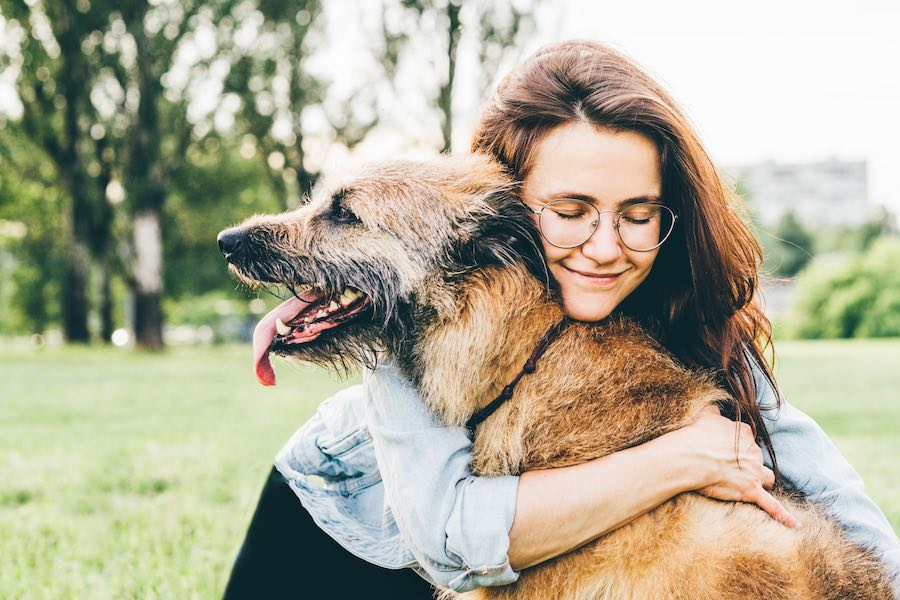
“Even as time goes by, my love for you will never change.”
Dogs as the years goes by
Naturally, we don’t want to spoil the plot, but in the wonderful film “The Art of Racing in the Rain,” the dog Enzo realizes that the years are passing for him, too, and he is aging. The question then arises: Do dogs realize that years are passing?
There is no scientific evidence to support this, but dogs, like all animals including humans, undergo physical changes as they age. Habits change, reactions change, and even desires may evolve. In animals, the instinct for survival governs behavior, which may differ as they mature compared to their younger years.
Why is it said that one human year is equivalent to seven dog years?
It is commonly believed that one human year equals seven dog years. Over time, it has been established that this method lacks scientific basis, making it unreliable.
On this topic, a study published on the Frontiers portal, conducted by a university in London, suggests that dogs reach maturity around 24 months of age, become “senior” after 7 years, and elderly after 12 years.
It is estimated that the lifespan of a dog ranges from 10 to 13.7 years, but researchers assert that there is currently no general equation or valid calculation for determining a dog’s age in human years. This is because it depends on various factors such as breed, behavioral traits, and cognitive characteristics.
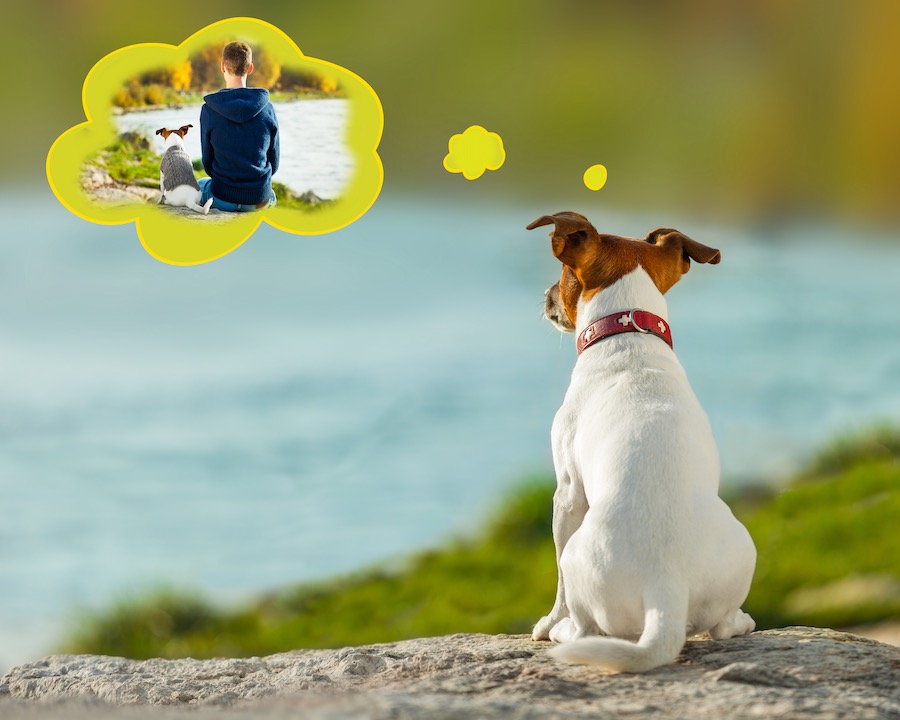
“I wouldn’t mind a bath like the one I had last year!”
How do dogs remember their past?
As discussed, episodic memory allows dogs to remember past events. Is this a form of time travel? In a way, yes—because even though our bodies are in the present, our minds can be in the past.
Can dogs do the same?
The latest study on this topic was conducted by researchers at the Department of Ethology and the MTA-ELTE Comparative Ethology Research Group at Eötvös Loránd University in Budapest.
The researchers trained 17 dogs to imitate human actions using a training method called “Do as I Do.” This method relies on so-called “mirror neurons,” nerve cells found in dogs as well as humans.
To simplify, a person performs an action, such as jumping, gives the cue “do it,” and the dog replicates the human’s action by jumping.
The researchers demonstrated that dogs can imitate human actions even 24 hours later, showing that they retain a memory of what happened.
They then sought to determine whether dogs can mentally travel through time using memory. To test this, they showed the dogs everyday actions, waited a while, and then unexpectedly gave the “do it” cue.
The dogs replicated the actions, leading researchers to conclude that they used episodic memory to do so.
Do dogs understand the future?
It might be helpful to distinguish between immediate future and distant future.
As humans, we can imagine the future, plan for it, and acquire what we need to prepare for it. For example, we might buy a swimsuit if we’re going to the beach in a few months or a heavy coat for a winter trip to the mountains.
There is no evidence to suggest that dogs think about a distant future as we do, but they can certainly use their sense of smell to perceive what might happen in the near future.
If we open a specific cabinet containing kibble, the dog will sense that it’s mealtime. If we approach them in a certain way, they’ll know it’s time for affection and kisses, or if we put on certain shoes and pick up the leash, they’ll understand it’s time for a walk.
A dog’s sense of smell is their primary tool for perceiving time. As we’ve learned today, it’s also their personal clock, operating in a beautiful natural dimension.
This natural dimension, which humans have unfortunately forgotten, can be realigned with a dog’s needs to create the best possible time together, filled with care, kisses, cuddles, and endless love.

“Shall we have tea together?”
Returning to Alice in Wonderland, who at the beginning of this article introduced the deeply personal concept of the passage of time, there is another very special scene that illustrates it and helps us understand the perception of time in dogs.
At one point, Alice arrives at the house of the March Hare, who is having tea with the Mad Hatter.
These two characters, accompanied by the Dormouse, take tea while constantly changing places, moving from cup to cup. Alice learns that the Hatter’s clock always shows the day but not the hour, and she is posed a riddle: “Why is a raven like a writing desk?”
If you’ve read the book or watched the film, you already know the answer. Otherwise, we’ll leave it at the end of this article.*
The point is that the Mad Hatter and the March Hare keep repeating the same actions in a time dimension outside that of the clock, which we can describe as subjective.
Unlike objective time, which is the same for everyone and measurable by a clock, subjective time is psychological and individual.
Is the key to understanding the perception of time in dogs therefore tied to the concept of subjective time?
This might be proven by the immense joy our four-legged friends display when we return home: whether it’s been 5 minutes or 5 hours, our pets jump with excitement!
This could demonstrate their subjective perception of time and also reveal something precious: that the love they feel for us undoubtedly transcends the boundaries of time perception.
It’s up to us to cherish the moments we spend with them and ensure that they are always happy, joyful, and filled with love.
The answer is: both have quills.
Article written with the consultation of Chiara Festelli, Canine Educator.




